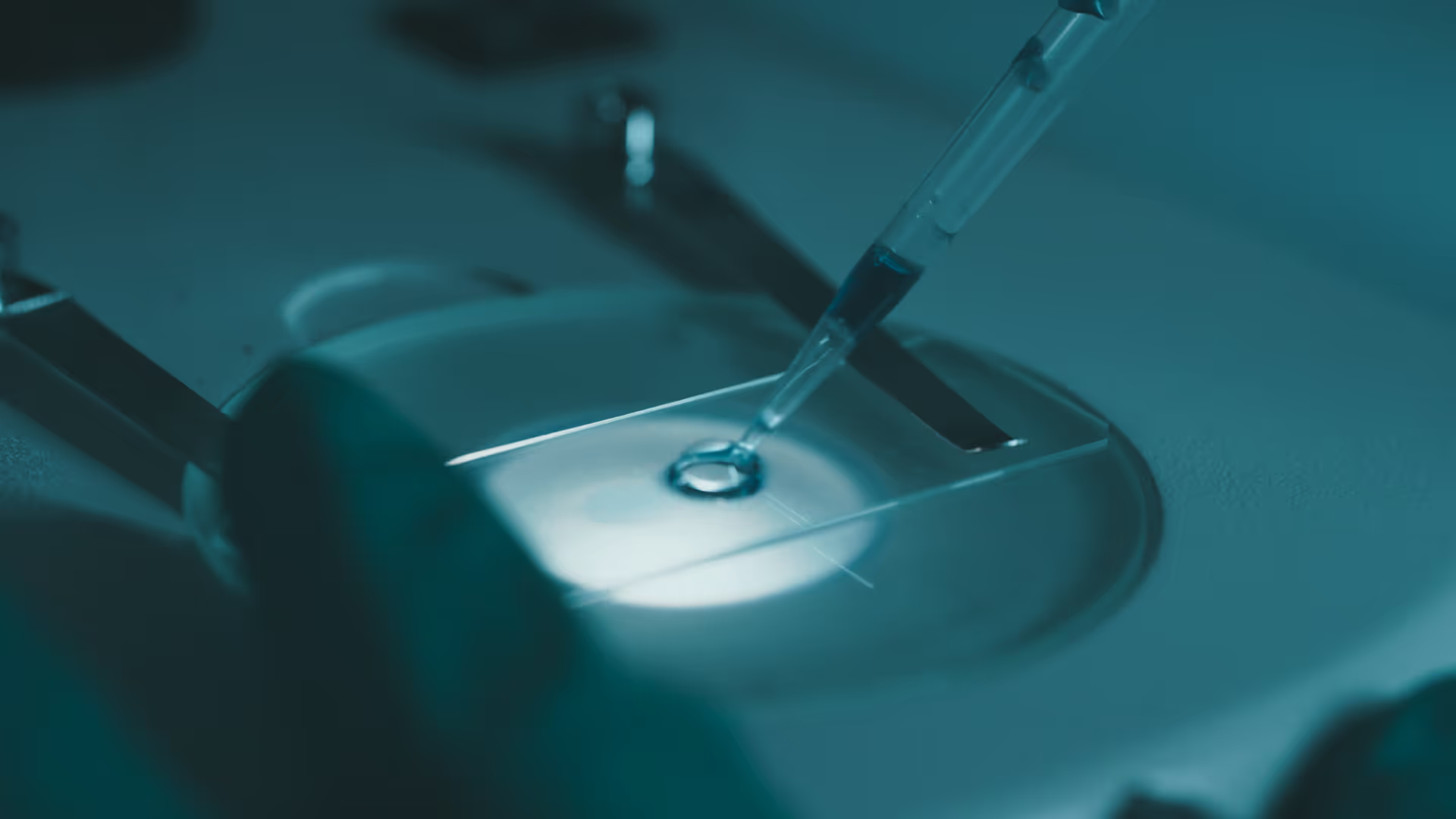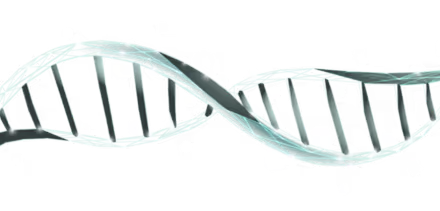Follistatin Gene Therapy for Muscular Dystrophy and Muscle-Wasting Disease
A Treatment Approach That Targets the Fundamental Mechanisms of Muscle Loss.
You are no longer limited to treatments that only treat symptoms.
For millions of people living with muscular dystrophy and other muscle-wasting diseases, the search for effective treatments has been marked by limited options. Traditional pharmacologic strategies have provided only modest improvements, leaving patients and families in need of more effective therapies that can meaningfully restore strength and function.
Recent advances in follistatin gene therapy represent a promising new direction—a treatment approach that targets the fundamental mechanisms of muscle loss. Unlike conventional treatments that manage symptoms, this innovative therapy works by removing the biological "brakes" that prevent muscle growth, offering encouraging results for conditions that have long challenged medical science.

Understanding Muscle-Wasting Diseases
Muscle-wasting diseases encompass a broad spectrum of conditions that share a common devastating feature: the progressive loss of muscle mass and strength. These disorders not only rob patients of their physical capabilities but also severely impact quality of life, independence, and longevity.
Muscular dystrophies represent some of the most severe forms of muscle-wasting disease. Duchenne muscular dystrophy (DMD), the most common and severe type, affects approximately 1 in 3,500-5,000 male births worldwide. Patients with DMD typically lose the ability to walk by age 12 and face significantly shortened lifespans due to respiratory and cardiac complications. Becker muscular dystrophy (BMD), while milder than DMD, still causes progressive muscle weakness that can severely limit mobility and independence.
Other muscle-wasting conditions present their own unique challenges. Inclusion body myositis (IBM) is an age-related inflammatory muscle disease that typically strikes adults over 50, causing weakness in the arms and legs that progressively worsens over time. Motor neuron diseases like spinal muscular atrophy (SMA) and amyotrophic lateral sclerosis (ALS) cause muscle wasting through nerve degeneration. Cancer cachexia affects up to 80% of advanced cancer patients, leading to severe muscle loss that contributes to poor outcomes and reduced survival.
Current treatment limitations highlight the urgent need for new therapeutic approaches. Most existing treatments focus on managing symptoms rather than addressing the underlying mechanisms of muscle loss. Physical therapy can help maintain function temporarily, but cannot halt disease progression.

How Follistatin Works to Combat Muscle Wasting Diseases
To understand how follistatin gene therapy revolutionizes treatment for muscle-wasting diseases, it's essential to grasp the fundamental biology that controls muscle growth and maintenance.
Myostatin acts as the body's "muscle growth brake" in both healthy individuals and those with muscle-wasting diseases. This protein, also known as GDF-8, circulates throughout the body, sending signals that limit muscle fiber size and number.
Follistatin serves as nature's antidote to myostatin, acting as a powerful binding protein that neutralizes myostatin's growth-limiting effects. When follistatin levels are elevated, myostatin becomes inactive, temporarily removing the biological brakes on muscle development. This allows muscle fibers to grow larger and stronger, while also promoting the formation of new muscle tissue.
In muscle-wasting diseases, follistatin offers multiple therapeutic benefits beyond simple muscle growth. It reduces fibrosis (scar tissue formation) that commonly develops in diseased muscle, improves muscle fiber regeneration, and enhances the overall quality of remaining muscle tissue.
Understanding therapeutic expectations is crucial for patients and families considering this treatment. Follistatin gene therapy is a supportive therapy rather than a cure—it doesn't fix the underlying genetic defects that cause conditions like DMD (missing dystrophin protein) or halt the autoimmune processes in IBM. Instead, it works as a powerful ally, augmenting muscle mass and strength to improve daily function and potentially slow disease progression.
This approach can still be profoundly meaningful for patients and families. Enhanced muscle strength can extend the period of independent mobility, reduce fall risk, and improve overall quality of life. When combined with other treatments, follistatin therapy may help patients maintain function longer than would otherwise be possible.
Clinical Evidence and Breakthrough Results
The clinical evidence supporting follistatin gene therapy in muscle-wasting diseases represents some of the most compelling data in modern neuromuscular medicine. These landmark studies have not only demonstrated safety and efficacy but have fundamentally changed how researchers think about treating muscle-wasting conditions.
Becker Muscular Dystrophy - The First Success
The journey began with a historic achievement in Becker muscular dystrophy research. In a groundbreaking Phase 1/2a trial, six BMD patients received AAV1-FS344 follistatin gene therapy injections. All six patients showed significant increases in the distance they could walk in six minutes—a crucial measure of functional capacity in muscular dystrophy. Equally impressive, patients found stair climbing notably easier after treatment, representing a meaningful improvement in daily activities that many had struggled with for years. No serious adverse events were reported.
Source:
Becker Muscular Dystrophy (BMD) – Phase 1/2a Trial (Mendell et al., 2015)
Inclusion Body Myositis - Reversing Disease Progression
In a carefully controlled 2017 study, six IBM patients received follistatin gene therapy delivered to both quadriceps muscles. The one-year results were striking and statistically significant. Treated patients walked an average of 56 meters farther in the six-minute walk test—a substantial improvement in a population where any functional gain is considered remarkable.
Even more impressive was the comparison to disease natural history. While treated patients were gaining function, matched untreated IBM patients declined by an average of 26 meters in the same time period. This created a net difference of 82 meters between treated and untreated groups (p = 0.01), representing a profound alteration in disease trajectory.
Individual patient responses were particularly encouraging. Four of the six treated patients achieved notable gains ranging from 58 to 153 meters in walking distance—improvements that translated directly into enhanced independence and quality of life. For patients accustomed to steady decline, these gains represented a fundamental shift in their disease experience.
Source:
Inclusion Body Myositis (IBM) – Phase 1 Trial (Mendell et al., 2017)
Duchenne Muscular Dystrophy and Emerging Applications
Building on these successes, Milo Biotechnology, a clinical-stage company, has initiated treatment of the first Duchenne muscular dystrophy (DMD) patients using follistatin gene therapy delivered via intramuscular injection. The study is being conducted at Nationwide Children's Hospital under the leadership of Dr. Jerry Mendell.
Source:
Milo Biotechnology, Nationwide Children’s Hospital
Follistatin Treatment Process for Muscular Dystrophyand Safety
For patients considering follistatin gene therapy, understanding the treatment process and safety profile is essential for making informed decisions. The therapy has demonstrated remarkable safety across multiple clinical trials while offering a straightforward treatment experience.
Patient screening and eligibility begin with a comprehensive medical evaluation to ensure candidates are appropriate for gene therapy. Ideal candidates include adults experiencing muscle loss due to muscular dystrophy, inclusion body myositis, or other muscle-wasting conditions.
Patients with active cancer, uncontrolled chronic illness, autoimmune disorders requiring immunosuppression, or pregnancy are generally not candidates for treatment. The screening process also assesses realistic expectations—patients must understand that follistatin therapy enhances muscle building capacity but doesn't cure underlying genetic or autoimmune conditions.
The treatment delivery method is remarkably simple for such an advanced therapy. Patients receive a single subcutaneous injection containing the follistatin gene therapy. The procedure takes less than 30 minutes and requires no anesthesia or hospital stay.
The safety profile has been consistently excellent across all published studies. In both the BMD and IBM trials, no serious adverse events were attributed to the therapy. The most commonly reported side effects are mild and temporary, including slight soreness at the injection site and occasional mild fatigue that resolves within days.
Long-term safety data continues to accumulate as patients are followed over months and years. The non-integrating nature of plasmid-based therapy provides additional safety assurance, as the genetic material naturally degrades over time rather than permanently altering cellular DNA.
Expected Timeline and Benefits
The duration of benefits varies by individual but typically lasts 6-12 months. Some patients experience longer-lasting effects, while others may notice gradual decline after 6 months. The therapy can be safely repeated once effects diminish, allowing for sustained long-term benefits.
Measurable improvements commonly include increased walking distance, enhanced stair climbing ability, improved balance and stability, and better recovery from physical activities. Many patients also report increased energy levels and reduced fatigue during daily activities. Body composition changes typically include increased lean muscle mass and reduced fat percentage, particularly visceral fat.
Next Steps: Your Path to Muscle Strength and Function Restoration
If you're ready to explore how follistatin gene therapy can transform your approach to muscle-wasting conditions, GARM Clinic provides a clear, supportive path from initial consultation to comprehensive muscle health optimization.
Application & Intake
First, you'll submit a simple interest form on our website. After that, a GARM care coordinator will contact you in 1-2 days. They'll help you fill out a detailed medical questionnaire specific to your muscle condition and set up specialized lab work to assess your eligibility for follistatin gene therapy. This includes evaluation of your current muscle function, disease progression, and potential for therapeutic benefit.
Physician Review
Your case will be reviewed by our clinical team with expertise in neuromuscular conditions. If you're approved, we'll schedule your visit and assist you with logistics, ensuring any mobility or accessibility needs are accommodated.
Treatment Day
When you're on site, you'll receive one targeted injection of the follistatin gene therapy. The procedure takes less than 30 minutes and doesn't require anesthesia or extended downtime.
Post-Treatment Monitoring
After treatment, you'll undergo comprehensive baseline muscle function testing before you leave. You'll then have remote follow-up appointments at the 1, 3, and 6 month marks to track muscle strength improvements, functional outcomes, and monitor your body's response to the therapy.
Your total trip to receive muscle-targeted follistatin gene therapy usually takes 3–5 days, giving you time to rest, enjoy the beautiful island where GARM is based, and begin your journey toward improved muscle function and strength.
The Future of Muscular Wasting Disease Treatment
Follistatin gene therapy represents a shift in treating muscle-wasting diseases, offering hope where traditional approaches have fallen short. With compelling clinical evidence showing significant functional improvements in patients, this innovative treatment addresses the fundamental biology of muscle loss rather than merely managing symptoms.
While not a cure, follistatin therapy provides a powerful tool to enhance muscle strength, extend periods of independence, and meaningfully improve quality of life for patients facing progressive muscle-wasting conditions.
As research continues and treatment protocols evolve, follistatin gene therapy stands as a beacon of hope for millions of patients and families who have long awaited effective interventions that can genuinely alter the trajectory of these devastating diseases.

